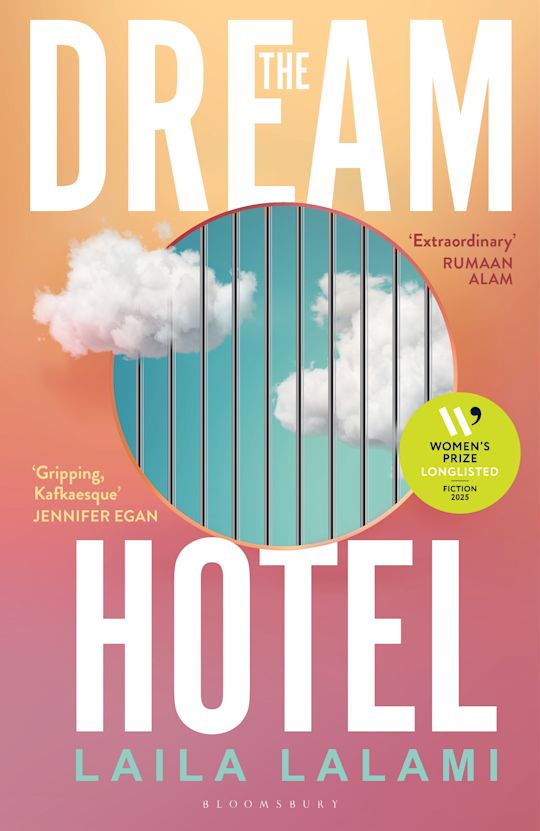Athalia (Pinchgut Opera) ★★★1/2
Following the end of the 1733 London opera season, George Frideric Handel headed to Oxford with his first two oratorios, Esther and Deborah and the newly composed Athalia. While the first two were well enough received, Athalia was a triumph, with newspaper claims that 3,700 people attended the performances. The story of the defeat of the wicked daughter of Jezabel, worshipper of the god Baal, who, on the death of her son Ahzaiah, usurped the throne of Judah and attempted to have all possible claimants to the throne executed, appealed to the prominently Jacobean Oxonians who could see in the boy Joas, the true heir who becomes king in the triumphant conclusion of the piece, an echo of the Stuart pretenders.
Librettist Samuel Humphries based his libretto on the Racine play Athalie (1691) and managed to make the dramatic plot even more static than had the French master. This was a challenge for director Lindy Hume, a challenge that was not entirely successfully overcome. In her previous Handel production for Pinchgut, Theodora, Hume brilliantly uncovered the dramatic impetus of the piece, contrasting the authoritarian regime of Valens with the Christians headed by Irene. In Athalia, the contrasting sides were less clear. Clarity was not helped by the odd choice to paraphrase the English libretto in the surtitles. Admittedly, Humphries’ choice of words was sometimes unfortunate. The piece begins with the words ‘blooming virgins’, which sounds more like Alf Garnett on a tear (‘Bloomin’ virgins? Yew ain’t goin ter find ’em around ’ere’) than the call to prayer that was intended. However, reading different words to those we were hearing had an unnecessarily alienating effect. In an attempt to invigorate the piece, Hume took a cue from Vivid, but Matthew Marshall’s flamboyant lighting too often overwhelmed rather than supported the performers. Melanie Liertz’s abstract set of triangular, shard-like forms resembled a plethora of pyramids or an explosion of crystals.
Continue reading for only $10 per month. Subscribe and gain full access to Australian Book Review. Already a subscriber? Sign in. If you need assistance, feel free to contact us.















Leave a comment
If you are an ABR subscriber, you will need to sign in to post a comment.
If you have forgotten your sign in details, or if you receive an error message when trying to submit your comment, please email your comment (and the name of the article to which it relates) to ABR Comments. We will review your comment and, subject to approval, we will post it under your name.
Please note that all comments must be approved by ABR and comply with our Terms & Conditions.